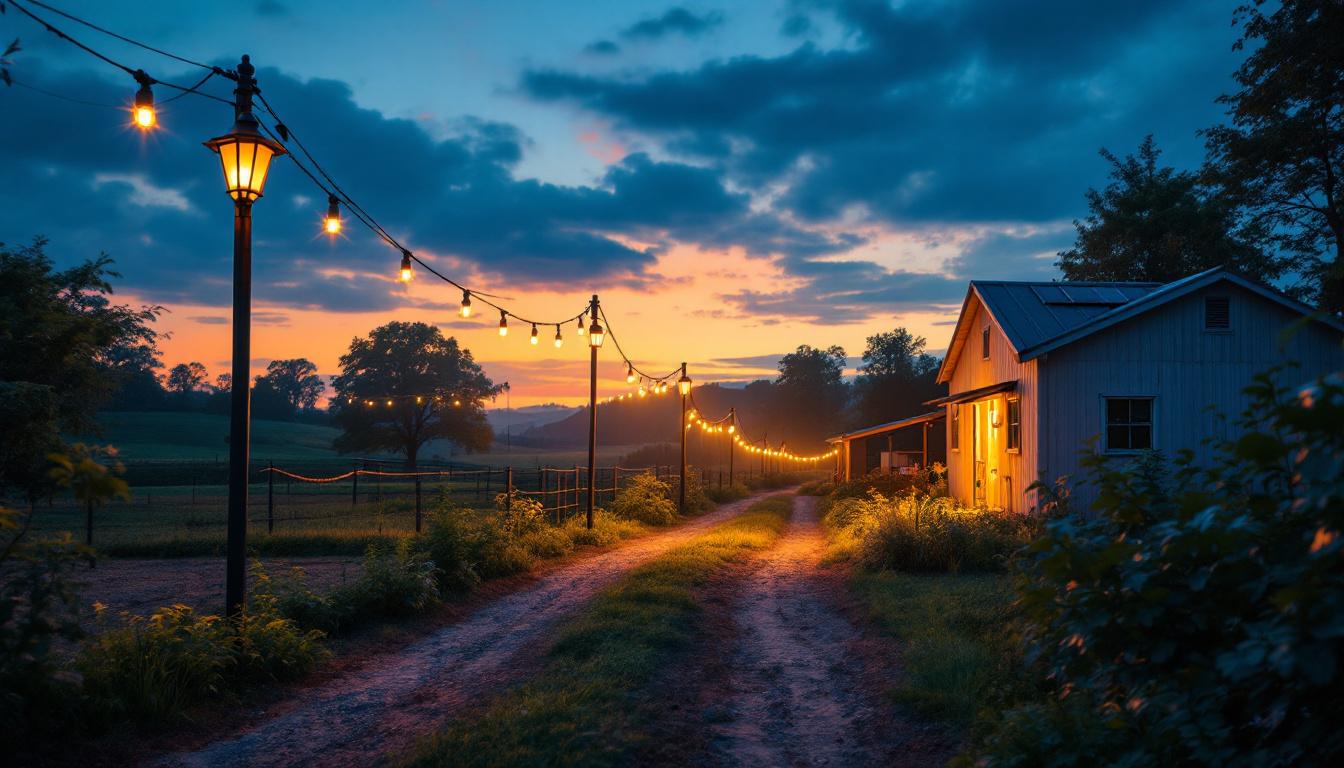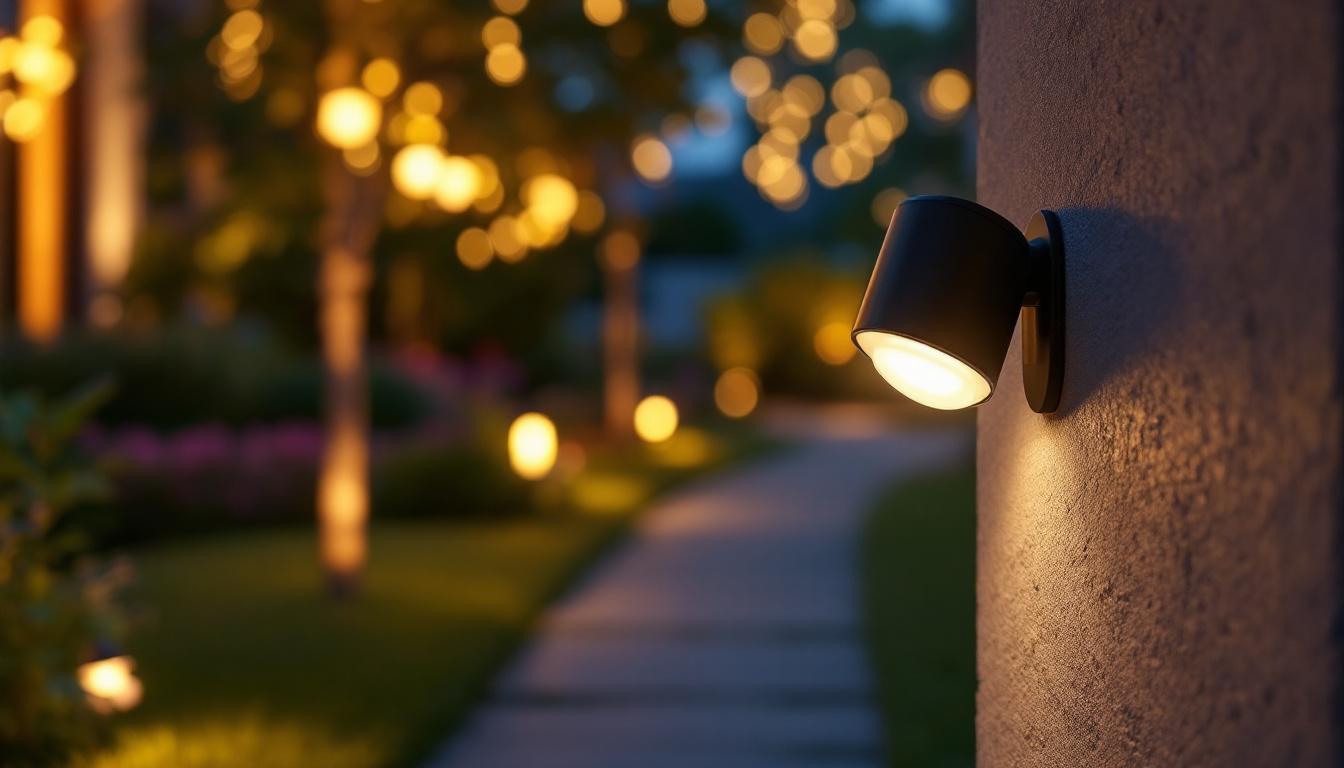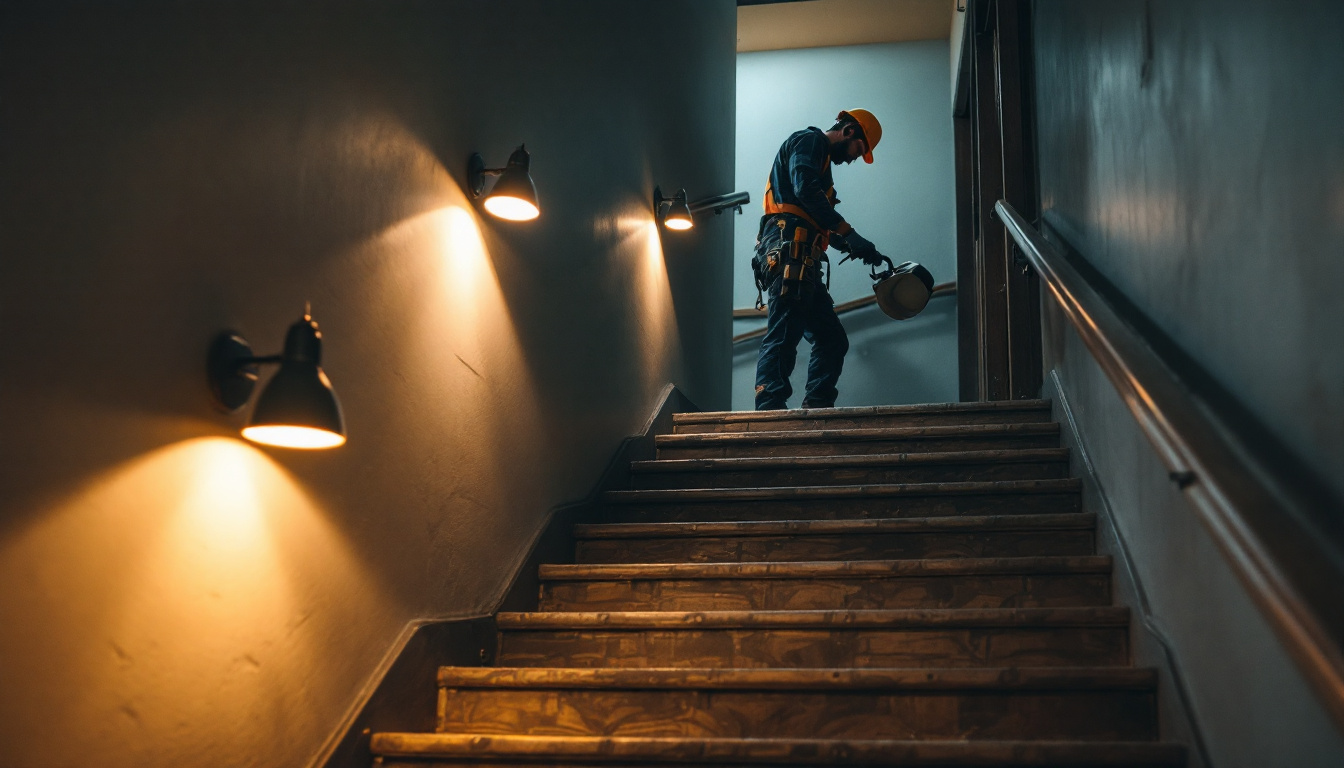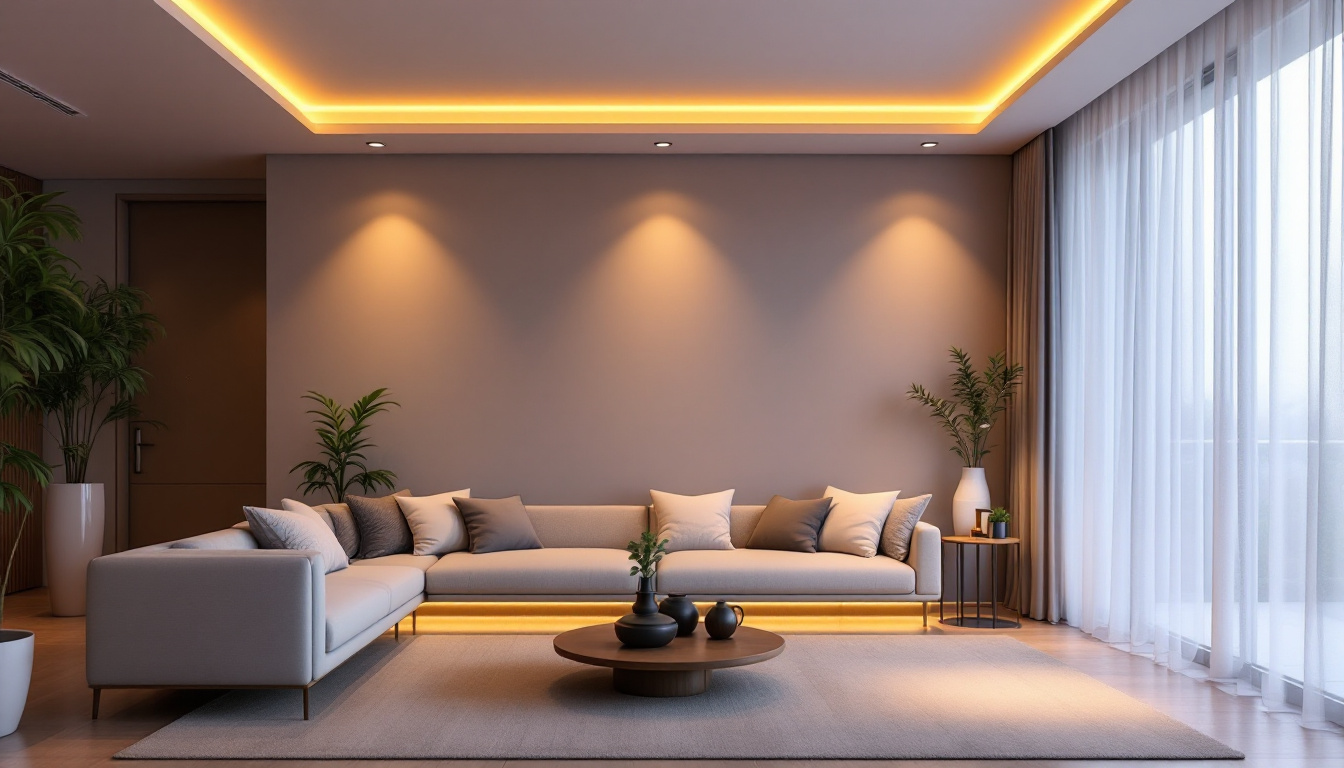
Lighting plays a crucial role in any construction or renovation project, particularly when it comes to creating the right atmosphere and functionality in a space. Among the various lighting options available, recessed can lights have gained popularity for their sleek design and versatility. However, selecting the appropriate sizes for these fixtures is essential to avoid costly mistakes. This article explores the different sizes of recessed can lights, their applications, and tips for ensuring successful lighting projects.
Recessed can lights, also known as downlights, come in various sizes that cater to different lighting needs and aesthetic preferences. The most common sizes include 4-inch, 5-inch, and 6-inch diameters, but there are also larger options available for specific applications. Understanding the implications of each size is crucial for achieving the desired lighting effect and ensuring the fixtures fit seamlessly into the design.
The size of a recessed can light significantly influences the amount of light it emits and the area it covers. Smaller fixtures, such as 4-inch can lights, are often used for accent lighting or in tight spaces where a subtle touch is needed. These lights work well in hallways, bathrooms, or as part of a layered lighting design. Their compact size allows for easy installation in areas where larger fixtures would be impractical, providing a clean and modern look without overwhelming the space.
In contrast, 5-inch and 6-inch can lights are more versatile and can serve as general lighting sources in larger rooms. The larger diameter allows for a broader beam spread, making them suitable for living rooms, kitchens, and commercial spaces. These fixtures can be used to create an inviting atmosphere, especially when combined with dimmer switches that allow for adjustable brightness levels. Understanding these applications helps in making informed decisions based on the intended use of the space, ensuring that the lighting complements the overall design and functionality.
Beyond the standard sizes, there are also specialty recessed can lights available in sizes like 3-inch and 8-inch. The 3-inch can lights are ideal for accent lighting, highlighting artwork, or architectural features without overpowering the space. These smaller fixtures can also be strategically placed to create visual interest and depth, guiding the eye through a room while maintaining a minimalist aesthetic. On the other hand, 8-inch fixtures are often used in high-ceiling environments, such as atriums or large commercial spaces, where a more substantial light source is necessary. Their larger size allows for greater lumen output, ensuring that expansive areas are well-lit and inviting.
When selecting specialty sizes, consider the overall scale of the room and the effect you want to achieve. Larger fixtures can create dramatic focal points, while smaller ones can add subtlety and sophistication. Additionally, it’s important to think about the type of bulb used in these fixtures; LED options are popular for their energy efficiency and longevity, while traditional incandescent bulbs may offer a warmer glow. The choice of bulb can further enhance the lighting design, contributing to the mood and functionality of the space.
Choosing the right size for recessed can lights involves more than just aesthetics. Several factors must be considered to ensure optimal performance and satisfaction with the final outcome. Understanding these factors can help lighting contractors avoid common pitfalls and deliver exceptional results.
The dimensions of the room and the height of the ceiling are critical in determining the appropriate size of recessed can lights. In smaller rooms with lower ceilings, smaller fixtures may be more suitable to avoid overwhelming the space. Conversely, larger rooms with high ceilings can benefit from larger fixtures that provide ample illumination without leaving dark corners.
Additionally, the spacing between recessed lights should be calculated based on the ceiling height. A general rule of thumb is to space the lights approximately 4 to 6 feet apart for 8-foot ceilings. As ceiling height increases, the spacing can be adjusted accordingly, ensuring even light distribution throughout the area. For instance, in a room with a 10-foot ceiling, spacing can be increased to about 6 to 8 feet apart, which allows the light to spread adequately without creating harsh shadows or overly bright spots.
Understanding the purpose of the lighting is essential in selecting the right size. For instance, if the goal is to create a cozy ambiance in a living room, smaller fixtures may be more appropriate. On the other hand, kitchens and workspaces require brighter, more focused lighting, making larger fixtures a better choice.
Moreover, the design style of the space should also influence the size of the recessed can lights. Modern and minimalist designs often favor smaller, sleeker fixtures, while traditional or industrial styles may benefit from larger, more robust options. Aligning the lighting choices with the overall design vision enhances the cohesiveness of the space. For example, a farmhouse-style kitchen may look stunning with larger, vintage-inspired recessed lights that complement the rustic elements, while a contemporary office might benefit from smaller, energy-efficient fixtures that provide a clean and uncluttered look.
Furthermore, the color temperature of the light can also play a significant role in how the size of the recessed can lights is perceived. Warmer light temperatures (around 2700K to 3000K) can create a welcoming atmosphere, making smaller fixtures feel more inviting in living spaces. In contrast, cooler temperatures (4000K and above) are often preferred in work areas, as they enhance visibility and focus. Therefore, combining the right size with the appropriate color temperature can elevate the overall functionality and aesthetic appeal of the room.
Even experienced lighting contractors can make mistakes when selecting recessed can light sizes. Being aware of common pitfalls can help mitigate risks and ensure a successful lighting project. Here are some mistakes to avoid:
One of the most significant mistakes is neglecting to consider the light output of the fixtures. Each size of recessed can light has a different lumen output, which affects how much light is distributed in the room. Choosing a smaller fixture with insufficient lumens for a large space can result in poor illumination and an unsatisfactory experience for the occupants.
It is essential to calculate the total lumen requirements for the space based on its size, purpose, and the desired ambiance. This calculation will help determine how many fixtures are needed and which sizes will provide the best results.
Dimming capabilities are an important aspect of recessed can lights that are often overlooked. Not all fixtures are compatible with dimmer switches, which can limit the flexibility of the lighting design. When selecting sizes, it is crucial to ensure that the chosen fixtures can be dimmed to create varying moods and adapt to different activities.
Additionally, using incompatible dimmers can lead to flickering or buzzing, detracting from the overall experience. Always verify compatibility between the fixtures and the dimming system to avoid these issues.
While functionality is paramount, aesthetics should not be neglected. Selecting recessed can light sizes that do not complement the overall design can lead to a disjointed appearance. For instance, using oversized fixtures in a small room can make the space feel cramped, while undersized fixtures in a large room may appear insignificant.
Consider the visual balance and proportion of the fixtures in relation to the room’s dimensions. A well-thought-out approach to aesthetics can enhance the overall appeal of the space and contribute to a harmonious design.
Proper installation is crucial for the performance of recessed can lights. Understanding the installation requirements for different sizes can help ensure a smooth process and avoid complications down the line. Here are a few key considerations:
Each size of recessed can light has specific clearance and space requirements that must be adhered to during installation. For example, larger fixtures may require more space for housing and heat dissipation. It is essential to check the specifications provided by the manufacturer to ensure adequate clearance and prevent potential hazards.
Moreover, consider the location of insulation and other building materials. Proper spacing between the fixture and insulation can prevent overheating and ensure the longevity of the lighting system.
Electrical considerations are paramount when installing recessed can lights. Each size may have different wiring requirements, and ensuring the electrical system can support the chosen fixtures is critical. Overloading circuits can lead to safety hazards and costly repairs.
It is advisable to consult with a licensed electrician to evaluate the electrical capacity of the space and determine the best approach for wiring the recessed can lights. This step will help ensure a safe and efficient installation.
Choosing the right sizes for recessed can lights is a fundamental aspect of successful lighting projects. By understanding the different sizes available, considering various factors, and avoiding common mistakes, lighting contractors can deliver exceptional results that meet both functional and aesthetic needs. Proper planning and execution will not only enhance the ambiance of a space but also contribute to the overall satisfaction of clients.
As the demand for innovative lighting solutions continues to grow, staying informed about the latest trends and technologies in recessed can lighting will further empower contractors to make informed decisions. Investing time in understanding these aspects will ultimately lead to more successful projects and satisfied clients.
Ready to elevate your lighting projects with the right recessed can light sizes and avoid costly mistakes? Look no further than LumenWholesale. We provide contractors with high-quality, spec-grade lighting products at unbeatable wholesale prices. Our extensive selection is designed to meet the highest industry standards, ensuring you get reliable, high-performance lighting for every project. Plus, with free shipping on bulk orders, you can enjoy premium lighting at the best value — without hidden fees or compromises. Don’t let middleman markups dim your project’s potential. Experience the perfect blend of quality, affordability, and convenience. Visit LumenWholesale today for Wholesale Lighting at the Best Value, and let us help you shine a light on excellence.

Discover expert answers to outdoor farm lighting questions, learn key benefits like increased safety and efficiency, and optimize your lighting setup today!.

Discover the ultimate guide to outdoor plug-in motion detector lights, covering installation tips, energy efficiency, and security benefits.

Discover how innovative lighting solutions for stairways can significantly cut costs for lighting contractors.

Discover the benefits of recessed LED lighting fixtures in enhancing energy efficiency and modern aesthetics in your home.